- Great Learning
- Free Courses
- It & Software
Earn a certificate & get recognized
OOPs in Python
Learn oops in python from basics in this free online training. Oops in python course is taught hands-on by experts. Learn inheritance, classes, objects & lot more in detail. Enroll for free now!
Instructor:
Mr. Bharani AkellaOOPs in Python
19.3K+ learners enrolled so far
Stand out with an industry-recognized certificate
10,000+ certificates claimed, get yours today!
Get noticed by top recruiters
Share on professional channels
Globally recognised
Land your dream job

Skills you will gain
Classes
Objects
Inheritance
Method Overriding in Python
Key Highlights
Get free course content
Master in-demand skills & tools
Test your skills with quizzes
About this course
The OOPs in Python course talks about the Basics of object-oriented programming in Python. It will talk about Objects and Classes in Python and how the implementation in Python works. Creating a class, object, and methods are discussed in detail in this Python OOPs course. You will also learn about the pillars of object-oriented programming like the concept of Inheritance and overriding. So, from understanding what is OOPs in Python t the implementation of the concepts in python programming, most of the essential object-oriented programming python concepts will be covered in this course.
Explore our Software Engineering Courses today.
Course outline
Classes
Class is a user-defined data type that includes a collection of attributes and functions.
Types of Inheritance
This section explains single inheritance, multiple inheritances, multi-level inheritance, and hybrid inheritance types and discusses when and how they are implemented in a program.
Inheritance using code in Python
Inheritance means acquiring the properties of another class. You will learn to create an inheritance class that derives the features of the base class.
Introduction to OOPs
This module provides an overview of Object-Oriented Programming (OOP) in the Python programming language.
Class in Python
This module offers an understanding of Classes in the Python programming language.
Objects in Python
This module imparts knowledge about Objects in the Python programming language.
Creating the Class
This module guides you through the steps of creating a class in Python.
Creating Class with Constructor
This module provides insight into the creation of Classes using a constructor in Python.
Instantiating An Object
This module walks you through the procedure of creating an object, also known as instantiating an object, in Python.
Overriding and Init method
This module imparts knowledge about the concept of overriding and the init method in Python.
Adding Parameters To Class
This module provides an understanding of incorporating parameters into a Class in Python.
Get access to the complete curriculum once you enroll in the course
Stand out with an industry-recognized certificate
10,000+ certificates claimed, get yours today!
Get noticed by top recruiters
Share on professional channels
Globally recognised
Land your dream job

OOPs in Python

1.5 Hours
Beginner
19.3K+ learners enrolled so far
Get free course content
Master in-demand skills & tools
Test your skills with quizzes
Refer and earn
Get learning discounts up to $20
Learner reviews of the Free Courses
What our learners enjoyed the most
Skill & tools
60% of learners found all the desired skills & tools
Our course instructor

Mr. Bharani Akella
Data Scientist
IT & Software Expert
Frequently Asked Questions
Will I receive a certificate upon completing this free course?
Is this course free?
What are OOPs in Python?
Object-oriented programming (OOPs) in Python is a programming paradigm using classes and objects for programming purposes. It is focused on implementing real-world entities such as inheritance, polymorphisms, encapsulation, and abstraction in the program.
Why do we need OOPs in Python?
Programmers generally use OOPs in their Python programming since it saves your time in repeating the code, a class can be defined once and the code can be reused several times. It also makes it easier to work with more extensive programs. When implemented, the program can have a clear structure and clean code, easy to maintain, and modify the codes.
What is class and object in Python?
Python is a programming paradigm. The language uses classes and objects for building well-structured codes. In Python, the programmer can create a Class using the class keyword, and an object is created using the constructor of the class. The object then makes the instance of the class. A class is a code template used for creating objects, while objects consist of variables and these variables have behavior associated with them. You can enroll in Great Learning Academy's free Python course to learn Python programming.
How are objects created in Python?
The objects are created after creating a class, using the constructor of the class. Instant of the class will have the same name as that of the class name and is called object instantiation. It is the developer's choice to give any name to the newly created object. Creating an object in Python is much similar to calling a function.
Can I learn OOPs in Python for free?
Yes, you can enroll in Great Learning Academy's OOPs in Python course and learn it for free online. After successfully completing the course and all the assigned tasks, you will also gain a certificate. If you are interested in learning other broad software concepts, you can register on the MCA Software Engineering course and pursue a degree online.
Will I get a certificate after completing this OOPs in Python free course?
Yes, you will get a certificate of completion for OOPs in Python after completing all the modules and cracking the assessment. The assessment tests your knowledge of the subject and badges your skills.
How much does this OOPs in Python course cost?
It is an entirely free course from Great Learning Academy. anyone interested in learning the basics of OOPs in Python can get started with this course.
Is there any limit on how many times I can take this free course?
Once you enroll in the OOPs in Python course, you have lifetime access to it. So, you can log in anytime and learn it for free online.
Can I sign up for multiple courses from Great Learning Academy at the same time?
Yes, you can enroll in as many courses as you want from Great Learning Academy. There is no limit to the number of courses you can enroll in at once, but since the courses offered by Great Learning Academy are free, we suggest you learn one by one to get the best out of the subject.
Why choose Great Learning Academy for this free OOPs in Python course?
Great Learning Academy provides this OOPs in Python course for free online. The course is self-paced and helps you understand various topics that fall under the subject with solved problems and demonstrated examples. The course is carefully designed, keeping in mind to cater to both beginners and professionals, and is delivered by subject experts. Great Learning is a global ed-tech platform dedicated to developing competent professionals. Great Learning Academy is an initiative by Great Learning that offers in-demand free online courses to help people advance in their jobs. More than 5 million learners from 140 countries have benefited from Great Learning Academy's free online courses with certificates. It is a one-stop place for all of a learner's goals.
What are the steps to enroll in this OOPs in Python course?
Enrolling in any of the Great Learning Academy’s courses is just one step process. Sign-up for the course, you are interested in learning through your E-mail ID and start learning them for free online.
Will I have lifetime access to this free OOPs in Python course?
Yes, once you enroll in the course, you will have lifetime access, where you can log in and learn whenever you want to.
Become a Skilled Professional with Pro Courses
Gain work-ready skills with guided projects, top faculty and AI tools, all at an affordable price.


View Course

Included with Pro+ Subscription

View Course

Included with Pro+ Subscription
.jpg)
View Course

Included with Pro+ Subscription


View Course

Included with Pro+ Subscription


View Course

Included with Pro+ Subscription

View Course

Included with Pro+ Subscription

View Course

Included with Pro+ Subscription

View Course

Included with Pro+ Subscription

View Course

Included with Pro+ Subscription

View Course

Included with Pro+ Subscription

View Course

Included with Pro+ Subscription
.jpg)
View Course

Included with Pro+ Subscription

View Course

Included with Pro+ Subscription


View Course

Included with Pro+ Subscription




View Course

Included with Pro+ Subscription


View Course

Included with Pro+ Subscription
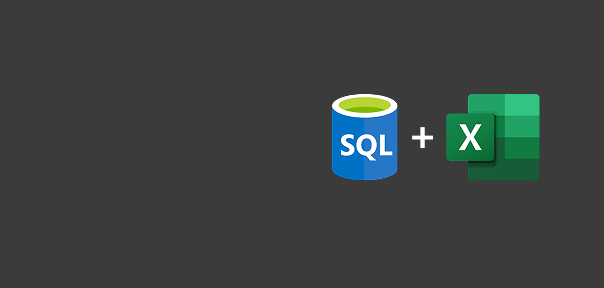

View Course

Included with Pro+ Subscription


View Course

Included with Pro+ Subscription


View Course

Included with Pro+ Subscription


.jpg)
View Course

Included with Pro+ Subscription
.png)
View Course

Included with Pro+ Subscription
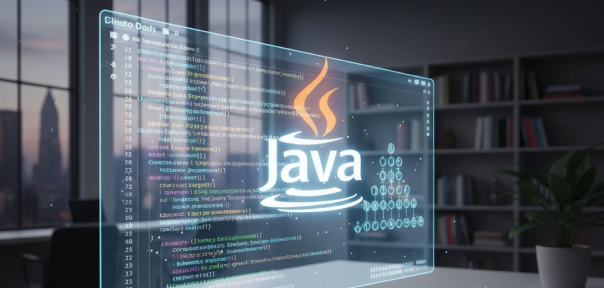
View Course

Included with Pro+ Subscription

View Course

Included with Pro+ Subscription
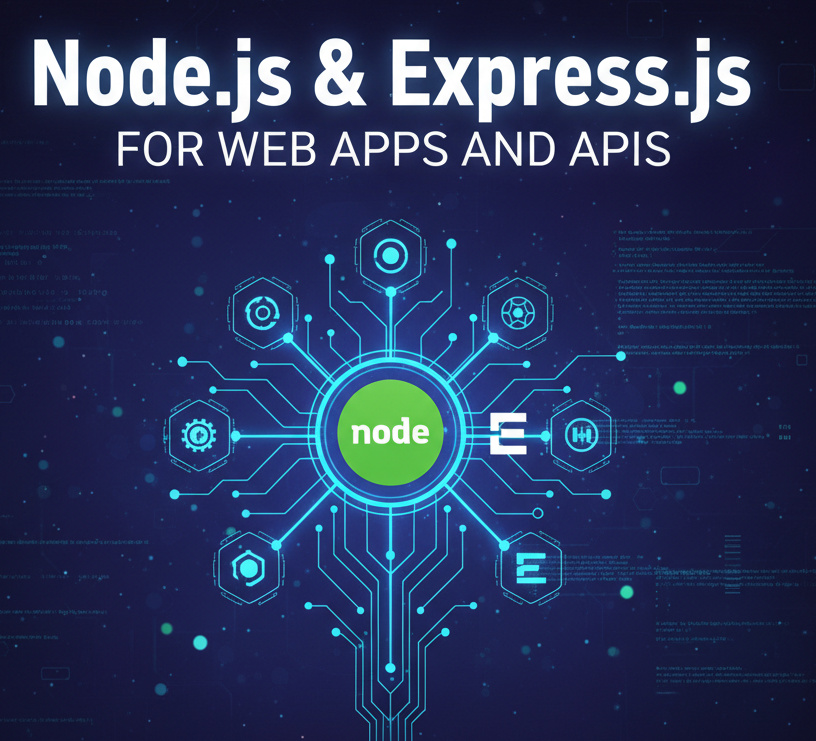
View Course

Included with Pro+ Subscription
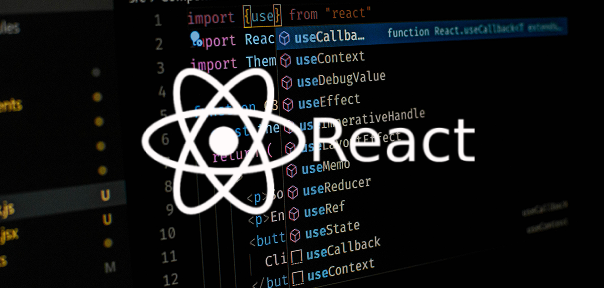
View Course

Included with Pro+ Subscription
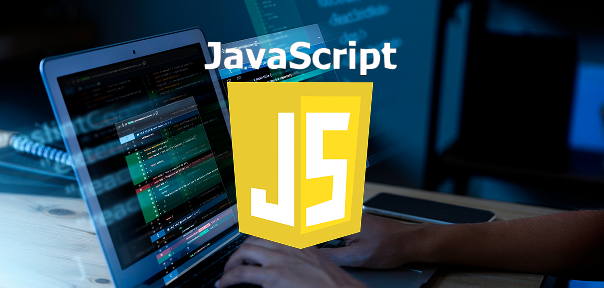
View Course

Included with Pro+ Subscription

View Course

Included with Pro+ Subscription
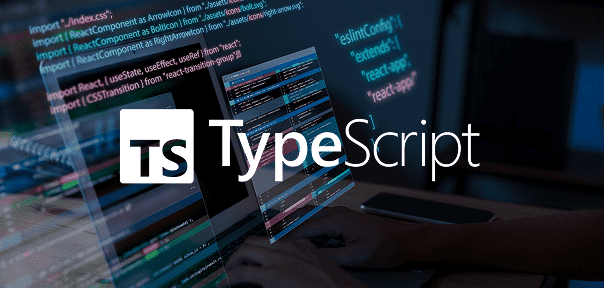
View Course

Included with Pro+ Subscription


View Course

Included with Pro+ Subscription

View Course

Included with Pro+ Subscription
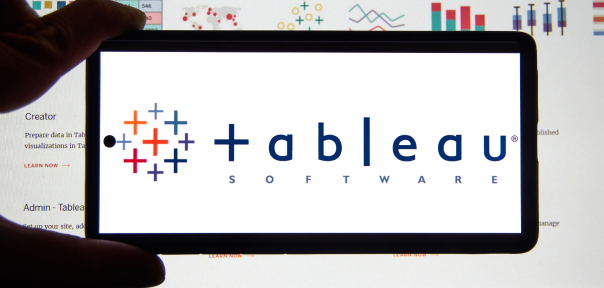
View Course

Included with Pro+ Subscription
.png)
View Course

Included with Pro+ Subscription

View Course

Included with Pro+ Subscription
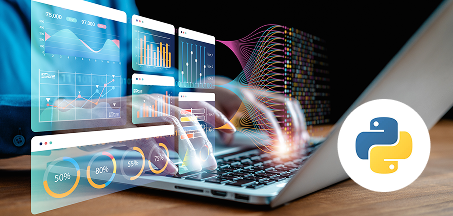
View Course

Included with Pro+ Subscription

View Course

Included with Pro+ Subscription

View Course

Included with Pro+ Subscription

View Course

Included with Pro+ Subscription
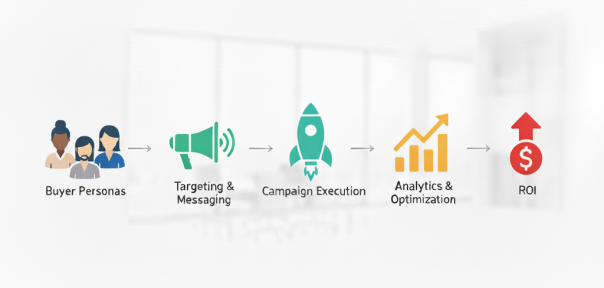
View Course

Included with Pro+ Subscription
.jpg)
View Course

Included with Pro+ Subscription
.jpg)
View Course

Included with Pro+ Subscription
.jpeg)
View Course

Included with Pro+ Subscription
.jpg)
View Course

Included with Pro+ Subscription
.png)
View Course

Included with Pro+ Subscription


View Course

Included with Pro+ Subscription


View Course

Included with Pro+ Subscription


View Course

Included with Pro+ Subscription
.png)
View Course

Included with Pro+ Subscription
.jpg)

.jpg)

.png)

View Course

Included with Pro+ Subscription
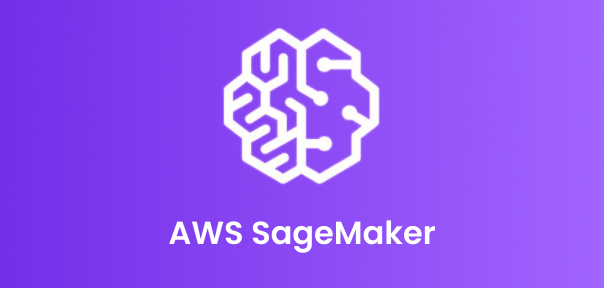

View Course

Included with Pro+ Subscription
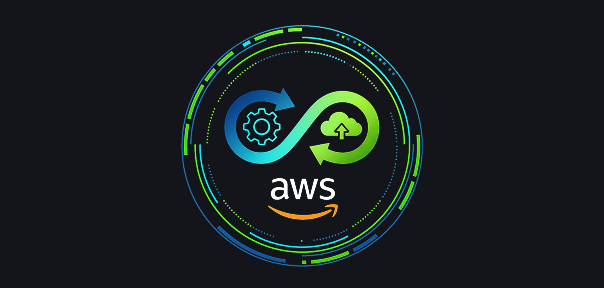
View Course

Included with Pro+ Subscription

View Course

Included with Pro+ Subscription

View Course

Included with Pro+ Subscription
.png)
View Course

Included with Pro+ Subscription
.png)
View Course

Included with Pro+ Subscription
.png)
View Course

Included with Pro+ Subscription
Popular


View Course

Included with Pro+ Subscription

View Course

Included with Pro+ Subscription
.jpg)
View Course

Included with Pro+ Subscription


View Course

Included with Pro+ Subscription


View Course

Included with Pro+ Subscription

View Course

Included with Pro+ Subscription

View Course

Included with Pro+ Subscription

View Course

Included with Pro+ Subscription
AI & Generative AI

View Course

Included with Pro+ Subscription

View Course

Included with Pro+ Subscription

View Course

Included with Pro+ Subscription
.jpg)
View Course

Included with Pro+ Subscription

View Course

Included with Pro+ Subscription


View Course

Included with Pro+ Subscription


Microsoft Courses


View Course

Included with Pro+ Subscription


View Course

Included with Pro+ Subscription


View Course

Included with Pro+ Subscription


View Course

Included with Pro+ Subscription


View Course

Included with Pro+ Subscription


IT & Software
.jpg)
View Course

Included with Pro+ Subscription
.png)
View Course

Included with Pro+ Subscription

View Course

Included with Pro+ Subscription

View Course

Included with Pro+ Subscription

View Course

Included with Pro+ Subscription

View Course

Included with Pro+ Subscription

View Course

Included with Pro+ Subscription

View Course

Included with Pro+ Subscription

View Course

Included with Pro+ Subscription
.png)
View Course

Included with Pro+ Subscription
.png)
View Course

Included with Pro+ Subscription

View Course

Included with Pro+ Subscription
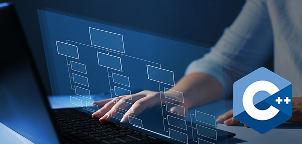
View Course

Included with Pro+ Subscription

View Course

Included with Pro+ Subscription

View Course

Included with Pro+ Subscription

View Course

Included with Pro+ Subscription


View Course

Included with Pro+ Subscription

View Course

Included with Pro+ Subscription

View Course

Included with Pro+ Subscription


View Course

Included with Pro+ Subscription


View Course

Included with Pro+ Subscription
 (1).png)
View Course

Included with Pro+ Subscription
Data Science & ML


View Course

Included with Pro+ Subscription

View Course

Included with Pro+ Subscription

View Course

Included with Pro+ Subscription
.png)
View Course

Included with Pro+ Subscription

View Course

Included with Pro+ Subscription

View Course

Included with Pro+ Subscription
Management

View Course

Included with Pro+ Subscription

View Course

Included with Pro+ Subscription

View Course

Included with Pro+ Subscription

View Course

Included with Pro+ Subscription
.jpg)
View Course

Included with Pro+ Subscription
.jpg)
View Course

Included with Pro+ Subscription
.jpeg)
View Course

Included with Pro+ Subscription
.jpg)
View Course

Included with Pro+ Subscription
.png)
View Course

Included with Pro+ Subscription
.png)
View Course

Included with Pro+ Subscription
.png)
View Course

Included with Pro+ Subscription

View Course

Included with Pro+ Subscription
.png)
View Course

Included with Pro+ Subscription
.png)
View Course

Included with Pro+ Subscription
 (1).jpg)
View Course

Included with Pro+ Subscription
.png)
View Course

Included with Pro+ Subscription
Cloud Computing


View Course

Included with Pro+ Subscription


View Course

Included with Pro+ Subscription


View Course

Included with Pro+ Subscription
.png)
View Course

Included with Pro+ Subscription
.jpg)

.jpg)

.png)

View Course

Included with Pro+ Subscription


View Course

Included with Pro+ Subscription

View Course

Included with Pro+ Subscription
.png)



.png)

View Course

Included with Pro+ Subscription



Cyber Security

View Course

Included with Pro+ Subscription

View Course

Included with Pro+ Subscription
.png)
View Course

Included with Pro+ Subscription
.png)
View Course

Included with Pro+ Subscription
.png)
View Course

Included with Pro+ Subscription
Subscribe to Academy Pro+ & get exclusive features
$25/month
No credit card required

Learn from 40+ Pro courses
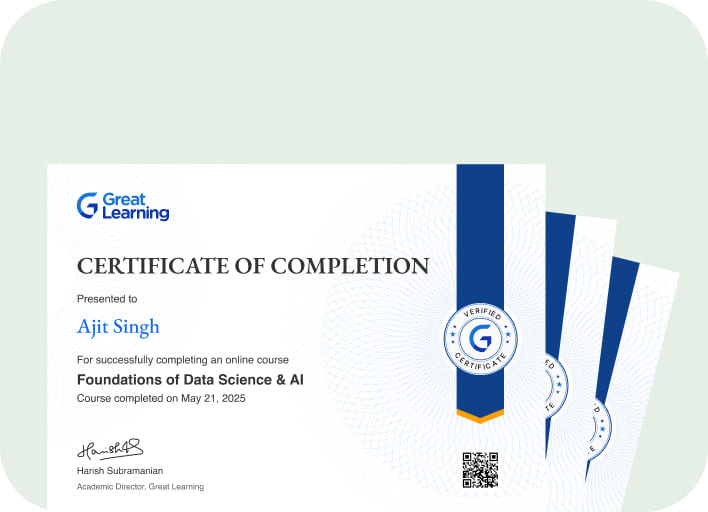
Access 500+ certificates for free
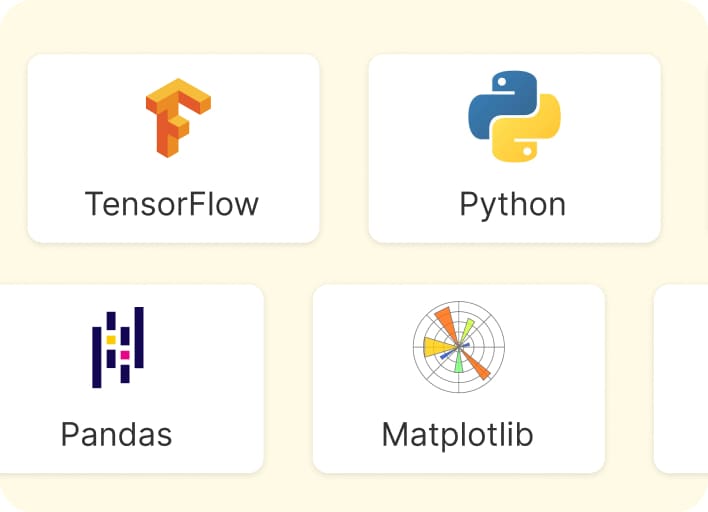
700+ Practice exercises & guided projects
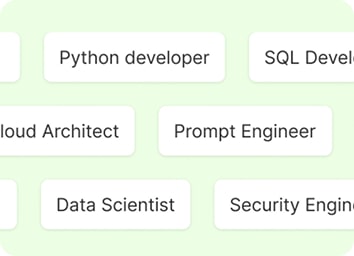
Prep with AI mock interviews & resume builder
Recommended Free Python courses




Similar courses you might like

.jpg)









